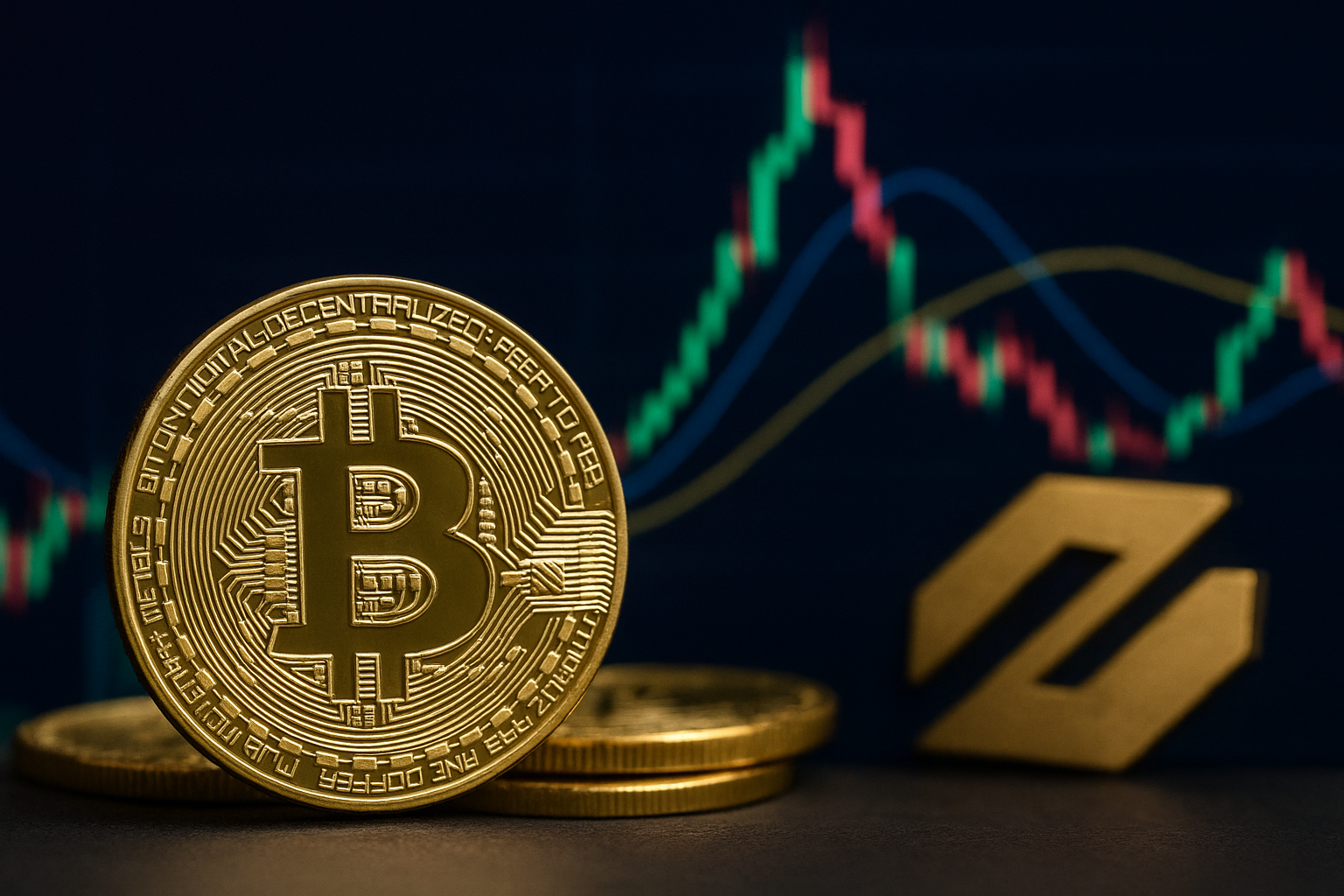The quiet corridors of institutional finance are starting to echo with the buzz of digital assets. In a landmark transaction signaling crypto’s next evolution, Goldman Sachs and DBS Bank have executed their first over-the-counter (OTC) crypto options trade, according to CoinDesk. The move underscores a fundamental shift — major financial institutions are no longer experimenting on the sidelines; they’re building infrastructure for crypto’s integration into global capital markets.
Wall Street Meets Web3
The trade, confirmed by both institutions on October 29, 2025, represents the first interbank OTC crypto options transaction between two major traditional financial players. Unlike exchange-traded derivatives, OTC trades are negotiated directly between counterparties, giving institutions flexibility in managing risk exposure.
The transaction, which involved structured Bitcoin options, was cleared through a regulated settlement layer, marking a major milestone in the development of compliant crypto derivatives markets.
According to CoinDesk, the trade reflects rising institutional confidence in digital asset infrastructure — a sign that crypto is steadily maturing beyond speculative retail trading toward the professionalized, risk-managed domain of traditional finance.
“Banks are now entering a phase where crypto isn’t a sideshow — it’s becoming a legitimate part of the balance sheet conversation,” one analyst from Bloomberg Intelligence noted. “The question isn’t if institutions will adopt crypto exposure, but how they’ll structure and hedge it.”
Institutional Capital Reawakens
The timing of this trade is no coincidence. Institutional participation in digital assets has been quietly increasing since mid-2025, fueled by clearer regulatory frameworks and improving custodial security.
According to BeInCrypto, large Ethereum (ETH) whales have been making “conviction buys” in recent weeks, signaling renewed confidence despite thin liquidity and macro uncertainty. On-chain data shows ETH accumulation by wallets holding more than 10,000 ETH reached a three-month high, even as total open interest in derivatives remains below October peaks.
This divergence — institutional buying amid lower leverage — suggests the smart money is positioning early for a potential rebound in digital asset valuations once monetary policy clarity emerges from the U.S. Federal Reserve.
Why This Matters for Investors
The entrance of established financial institutions into crypto derivatives trading represents more than symbolic progress. It’s the foundation of a sustainable market structure.
- Liquidity & Price Discovery: OTC crypto derivatives create new layers of liquidity, essential for efficient price discovery and risk transfer.
- Risk Management: Institutions can now hedge crypto exposure via structured options, paving the way for broader corporate and fund participation.
- Regulatory Signaling: These trades, executed under regulatory oversight, demonstrate a model of compliant engagement that could attract further institutional inflows.
As Goldman Sachs and DBS lead the charge, other global banks — including Standard Chartered and Nomura’s Laser Digital — are reportedly preparing to expand their own digital-asset offerings. The cumulative effect could reshape global capital flows, integrating crypto into multi-asset portfolios and ETF ecosystems.
The Macro Backdrop: Fragile but Evolving
Despite the optimism, investors must remain alert to macro pressures. The crypto market remains sensitive to interest-rate expectations and liquidity cycles. With the Federal Reserve’s upcoming decision expected to guide the next risk-on or risk-off phase, volatility is inevitable.
Analysts from Reuters and Bloomberg highlight that while institutional activity in crypto is constructive, total open interest across major exchanges is still roughly 35% below 2021 peaks. This suggests that the market’s foundation is strengthening but not yet immune to shocks.
In short: the institutional awakening is real, but it’s happening in a fragile environment where momentum can still swing abruptly on macro headlines.
Future Trends to Watch
1. Structured Crypto Products:
Expect the rise of structured notes and yield-linked products tied to Bitcoin and Ethereum volatility. These could appeal to institutions seeking exposure without direct token custody.
2. Stablecoin Integration:
DBS and Goldman’s use of regulated settlement mechanisms hints at broader adoption of tokenized fiat and stablecoins for interbank settlements — a critical step toward mainstream crypto finance.
3. Exchange–Bank Collaborations:
As OTC activity grows, we may see deeper partnerships between exchanges like CME, Coinbase Derivatives, and traditional custodians — bridging liquidity across centralized and decentralized markets.
4. Ethereum’s Quiet Momentum:
ETH accumulation by whales could presage an institutional rotation from Bitcoin to Ethereum-based infrastructure plays, especially with the expansion of tokenized assets and decentralized finance integrations.
Key Investment Insight
The first interbank OTC crypto trade between Goldman Sachs and DBS marks a watershed moment — signaling that institutional adoption of digital assets has entered a more permanent phase. For investors, the opportunity lies not in chasing short-term price moves but in positioning around crypto infrastructure, compliance technology, and institutional-grade custody solutions.
As liquidity deepens and regulatory clarity improves, expect derivatives-linked revenue streams — once exclusive to equities and FX — to become a defining feature of crypto’s next bull cycle.
The institutional era of crypto has officially begun. For ongoing insights into how this transition will reshape global markets — from derivatives and stablecoins to DeFi infrastructure — stay with MoneyNews.Today, your trusted source for forward-looking investor intelligence.





